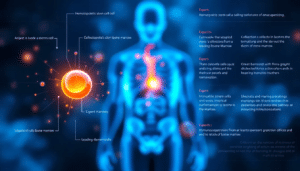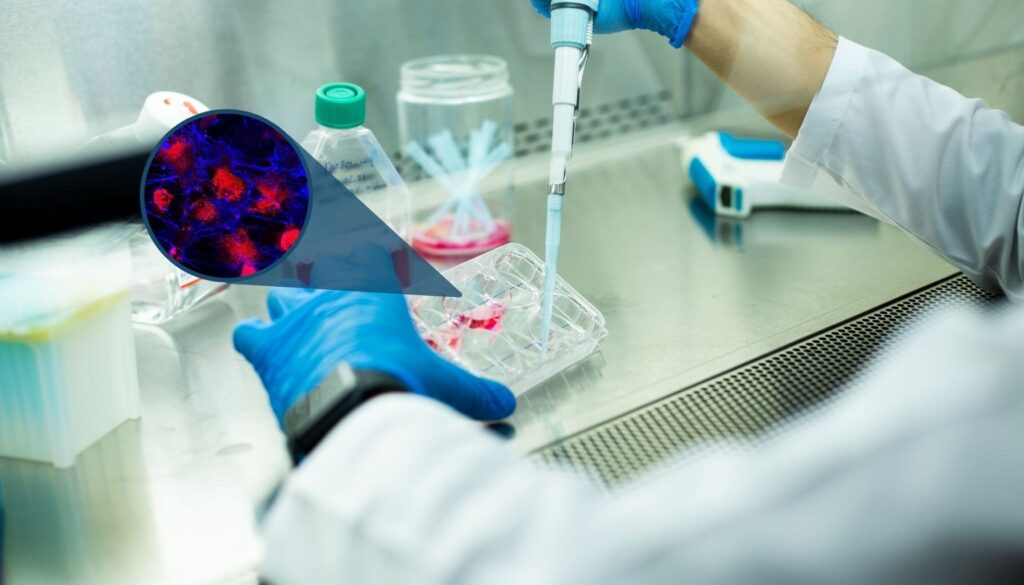
Stem cell therapy is transforming how we treat chronic pain, offering new hope for patients suffering from joint pain, arthritis, and other degenerative conditions. What is stem cell therapy? It is a revolutionary approach in regenerative medicine that involves using stem cells to replace unhealthy cells and repair tissues, evolving from traditional organ transplantation methods. With the ability to regenerate damaged tissue, stem cells are becoming a cornerstone of regenerative medicine, giving people a chance to heal naturally and avoid invasive surgeries. Whether you’re experiencing knee pain, joint pain from arthritis, or other chronic issues, stem cell therapy can help you find relief and restore function.
What Are Stem Cells?
Stem cells are unique because they have the natural ability to develop into different cell types. This includes bone marrow cells, blood cells, and even heart muscle cells. Blood-forming stem cells, originating from bone marrow, blood, or umbilical cord, play a crucial role in treating blood cancers and other diseases. Human stem cells come in two primary forms: adult stem cells and embryonic stem cells. Adult stem cells, found in most adult tissues, such as the bone marrow and blood, are essential for regenerating damaged tissue and maintaining the body’s function. On the other hand, embryonic stem cells, sourced from embryos, are known for their versatility in forming many cell types.
Stem cell research has been evolving for many decades, and new advancements are being made to harness the potential of these cells for medical treatments. Stem cell transplants, for instance, are commonly used to treat diseases like blood cancers, autoimmune diseases, and blood disorders.
How Stem Cell Therapy Works for Joint and Pain Relief
Stem cell therapy involves harvesting adult stem cells from the patient’s own body—typically from bone marrow or fat tissue—and injecting them into the damaged joint. This process, often referred to as a stem cell transplant, plays a crucial role in the treatment by introducing healthy stem cells that can self-renew and differentiate into healthy cells to repair diseased tissue. For example, in a patient suffering from arthritis, the injected stem cells can regenerate cartilage, reducing joint pain and improving mobility.
By promoting the growth of new tissue, stem cells can reverse damage that might otherwise require surgery. Because stem cell therapies target the root cause of the pain, they provide a more lasting solution compared to other treatments like pain-relieving drugs. Patients suffering from knee pain, arthritis, and other joint pain issues have seen significant improvements after undergoing stem cell therapy.
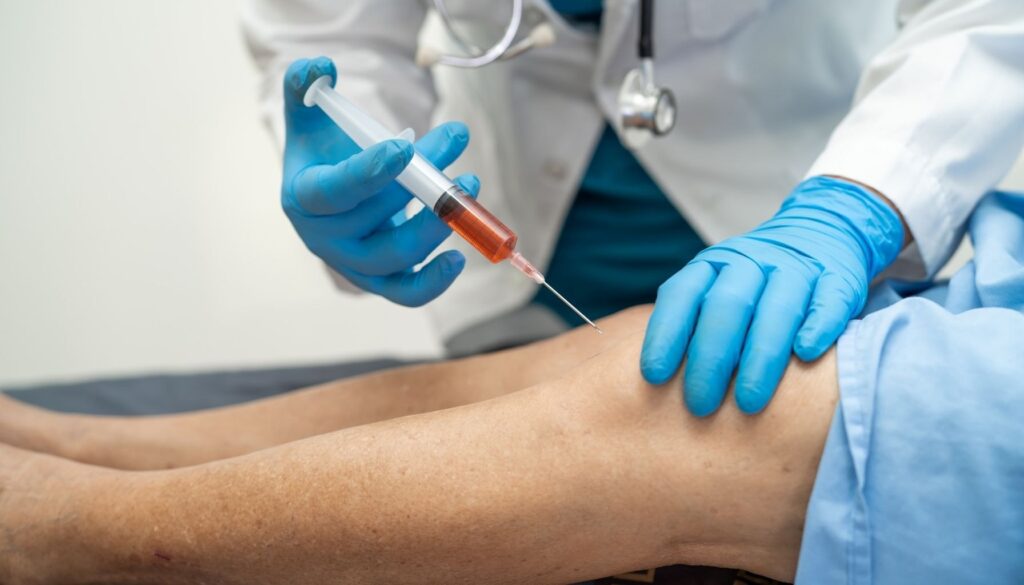
The Power of Stem Cells in Regenerative Medicine
What makes stem cell therapy so powerful is its ability to promote the regeneration of healthy cells in areas that have been damaged by disease or injury. Unlike traditional drugs that simply alleviate symptoms, stem cells work on the cellular level to heal the underlying issue. Stem cell therapy can also target and eliminate cancer cells, particularly in treatments like chemotherapy where transplanted white blood cells attack these cancer cells. This type of cell therapy has become a breakthrough in treating a wide range of conditions, from knee pain and arthritis to degenerative diseases.
When stem cells are injected into a damaged joint, they can develop into cartilage cells, reducing inflammation and providing long-lasting relief. In some cases, new clinical trials are exploring the use of stem cells to treat more serious conditions, including amyotrophic lateral sclerosis (ALS), heart disease, and even nerve damage. Stem cell therapy can also potentially replace damaged heart muscle cells, brain cells, and nerve cells, making it a game-changer in treating conditions that were once thought to be untreatable.
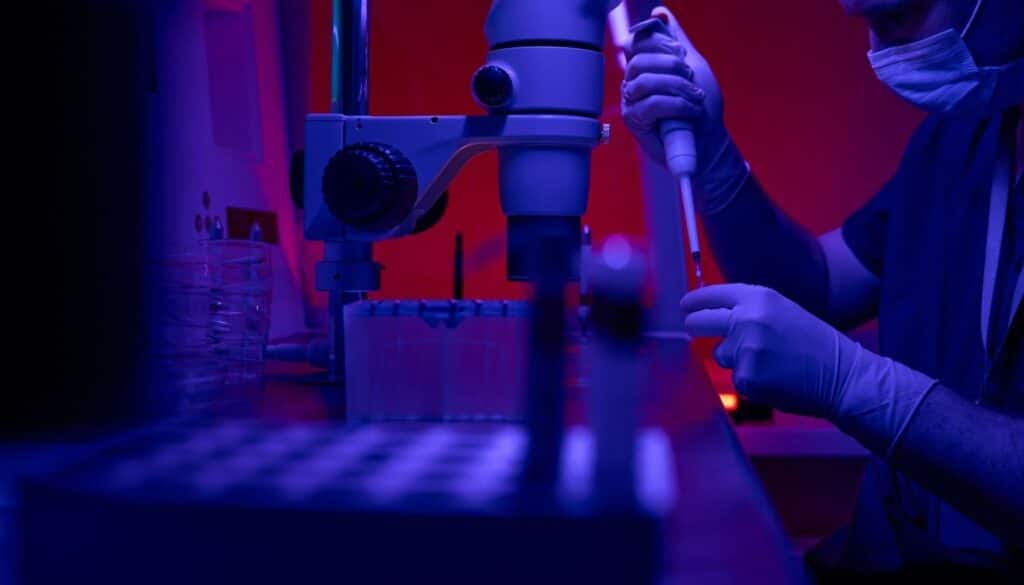
Types of Stem Cell Therapy
Stem cell therapy is a rapidly advancing field with various types of treatments being developed and tested. The main types of stem cell therapy include:
Autologous Stem Cell Therapy: This type of therapy uses the patient’s own stem cells, which are harvested from their body, processed, and then re-injected into the affected area. This method minimizes the risk of rejection and allergic reactions, making it a popular choice for treating joint issues and chronic pain.
Allogeneic Stem Cell Therapy: In this approach, stem cells are sourced from a donor whose cells are matched to the patient’s immune system to reduce the risk of rejection. Allogeneic stem cell therapy is often used in treating blood cancers and other conditions where the patient’s own cells may not be viable.
Xenogeneic Stem Cell Therapy: This experimental therapy uses stem cells from a different species, such as animals, to treat human diseases. While still in the research phase, xenogeneic stem cell therapy holds potential for future treatments of various conditions.
Stem cell therapy can be used to treat a wide range of conditions, including joint issues, joint pain, and various types of cancer. The benefits of stem cell therapy over traditional treatments include minimally invasive procedures, reduced risk of complications, faster recovery times, and the potential for long-term relief from symptoms. However, it is important to consider the risks, such as the potential for unproven or untested treatments, the risk of contamination or infection, and the need for further research to fully understand the benefits and risks of stem cell therapy.
Benefits of Stem Cell Therapy Over Other Treatments
One of the primary benefits of stem cell therapy is that it offers a non-invasive, natural way to treat chronic pain and joint issues. Unlike surgery, which can involve long recovery periods and carry the risk of negative effects, stem cell therapy relies on the body’s own ability to heal. This procedure also avoids the need for high doses of drugs, which can have their own set of side effects.
Stem cell therapy can treat people suffering from various conditions like osteoarthritis, rheumatoid arthritis, and sports injuries. Because it regenerates healthy tissue, it provides long-lasting pain relief, unlike other treatments that simply mask the pain. Patients who have undergone this treatment often report significant improvements in mobility, reduced pain, and a better quality of life.
Additionally, since stem cell therapy utilizes the patient’s own cells, the risk of rejection or negative reactions is low. This makes it a safer alternative to other types of medical interventions, including transplants from external donors, which can carry higher risks.
Conditions Treated by Stem Cell Therapy
Stem cell therapy has been successfully used to treat a wide range of conditions, especially those involving joint pain and inflammation. Some of the common conditions treated with stem cell therapy include:
Osteoarthritis: Stem cell therapy helps regenerate the cartilage lost due to osteoarthritis, providing long-lasting relief from joint pain.
Rheumatoid Arthritis: By reducing inflammation and regenerating tissue, stem cell therapy is helping patients with rheumatoid arthritis achieve better mobility and pain reduction.
Sports Injuries: Athletes suffering from tendon, ligament, and muscle injuries often turn to stem cell therapy for faster recovery and pain relief.
Chronic Back Pain: Stem cell injections can help repair degenerative discs and other spinal issues, reducing chronic back pain.
Blood Disorders: Stem cell transplants, particularly bone marrow transplants, have been used to treat blood disorders like aplastic anemia and multiple myeloma.
Stem cells are also being explored in the treatment of more complex diseases. For instance, blood stem cells from umbilical cord blood are being researched for their ability to treat blood cancers, including acute myelogenous leukemia. Other diseases that are being studied in clinical trials include amyotrophic lateral sclerosis and heart disease.
Real-Life Success Stories from Stem Cells LA
At Stem Cells LA, we have seen firsthand how stem cell therapy can transform the lives of patients suffering from chronic pain. Take the case of Mark, who had been dealing with debilitating knee pain for years. Despite trying multiple other treatments, including physical therapy and medication, nothing provided lasting relief. After undergoing stem cell therapy, Mark experienced significant improvement in his knee function and was able to return to activities he once thought he’d never do again, like hiking.
Another patient, Sarah, was struggling with chronic joint pain from rheumatoid arthritis. After her stem cell therapy, Sarah’s pain diminished significantly, and she regained her ability to walk comfortably and stay active. These cases highlight the power of stem cell therapy in providing lasting, natural relief from chronic pain.
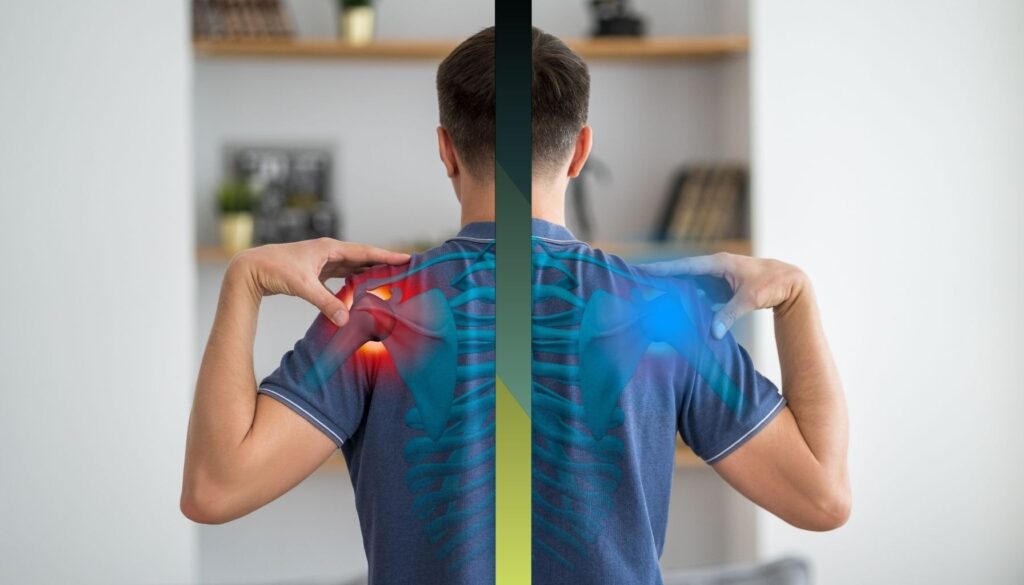
Treatment Process and Recovery
The treatment process for stem cell therapy typically involves the following steps:
Harvesting: The patient’s own stem cells are harvested from their body, usually from the bone marrow or fat tissue. This is a minimally invasive procedure that is often performed under local anesthesia.
Processing: The harvested stem cells are then processed in a laboratory to isolate and concentrate the desired cells. This step ensures that the highest quality and quantity of stem cells are prepared for injection.
Injection: The processed stem cells are injected into the affected area, such as a damaged joint or inflamed tissue. This is usually done under local anesthesia to minimize discomfort.
Recovery: After the procedure, the patient is monitored for a few hours to ensure there are no immediate complications. Some mild side effects, such as swelling or bruising at the injection site, may occur but typically resolve quickly.
*The first two steps are optional. There are clinics (like Stem Cells LA) that provide donor stem cells
The recovery time for stem cell therapy varies depending on the individual and the type of treatment. Some patients may experience immediate relief from symptoms, while others may take several weeks or months to fully recover. The minimally invasive nature of the procedure generally allows for a quicker return to normal activities compared to traditional surgical options.
Risks and Considerations for Stem Cell Therapy
While stem cell therapy has an abundance of potential benefits, it’s important to understand the risks and considerations involved. As with any medical procedure, there is a slight risk of infection at the injection site. However, since the stem cells used in therapy are harvested from the patient’s own body, the risk of rejection or an immune system reaction is minimal.
Patients should always consult with a qualified doctor to determine whether stem cell therapy is the right choice for their condition. Some conditions may not respond as effectively to treatment, and in certain cases, more stem cells may be needed to achieve the desired results. As stem cell research continues to progress, it’s likely that new advancements will reduce these risks even further.
Is Stem Cell Therapy Right for You?
Stem cell therapy might be the solution you’ve been searching for if you are dealing with chronic joint pain, arthritis, or an injury that hasn’t responded to other treatments. Ideal candidates for this procedure include people with degenerative joint conditions, autoimmune diseases, or injuries that have caused long-term pain and mobility issues.
Our team at Stem Cells LA can evaluate your condition and develop a personalized treatment plan to address your specific needs. Whether you’re looking to avoid surgery or simply want a more natural approach to healing, stem cell therapy could be the key to regaining your active lifestyle.
Finding a Qualified Stem Cell Clinic
When seeking stem cell therapy, it is essential to find a qualified and experienced specialist. Here are some tips to help you find a qualified stem cell therapist:
Research: Start by researching the clinics qualifications, experience, and reputation. Look for professionals who specialize in stem cell therapy and have a proven track record of successful treatments.
Check Credentials: Ensure that the therapist is licensed and certified to perform injections. This can often be verified through professional medical boards or associations.
Ask Questions: Don’t hesitate to ask about their experience, the type of stem cells used, and the potential risks and benefits of the treatment. A reputable doctor will be transparent and willing to provide detailed information.
Check Reviews: Look for online reviews and testimonials from previous patients. Positive feedback and success stories can give you confidence in the therapist’s abilities.
Consult with a Doctor: Before making a decision, you should consult with your primary care doctor or a medical professional to get a referral or recommendation for a qualified stem cell therapist. They can provide valuable insights and help you make an informed choice.
By following these tips, you can increase your chances of finding a qualified stem cell therapist who can provide you with safe and effective treatment.
Cost of Stem Cell Therapy for Chronic Pain
The cost of stem cell therapy can vary depending on several factors, including the severity of the condition, the number of treatments needed, and the specific clinic. While it may seem like an expensive option, many patients find that the long-term benefits of stem cell therapy outweigh the initial investment, especially when compared to the cost of surgery or prolonged use of medication.
At Stem Cells LA, we offer customized pricing options based on each patient’s condition. We encourage anyone suffering from chronic pain or joint issues to schedule a consultation to discuss how stem cell therapy could be the most cost-effective solution for their long-term health.
Schedule a Consultation with Stem Cells LA
If you’re ready to take the next step in your journey to pain relief, schedule a consultation with our expert team at Stem Cells LA. We’ll assess your condition, explain the benefits of stem cell therapy, and create a personalized treatment plan to help you achieve long-lasting relief. Contact us today to start healing with the natural power of stem cells.
Phone: (213) 403-0455
Hours: • Monday-Saturday 8AM to 6PM
• Closed Sundays

